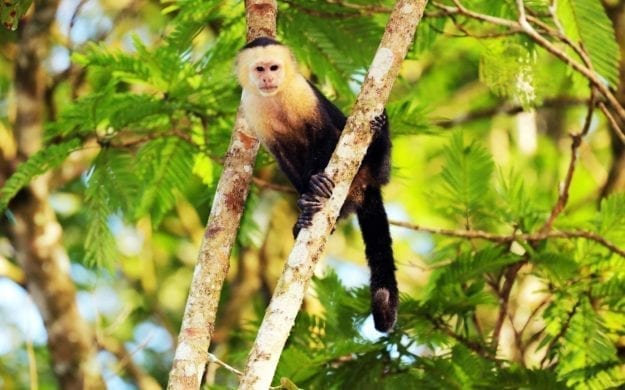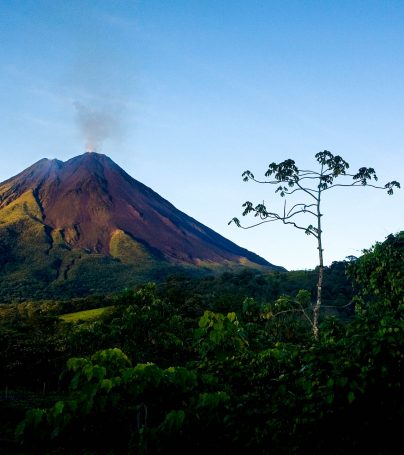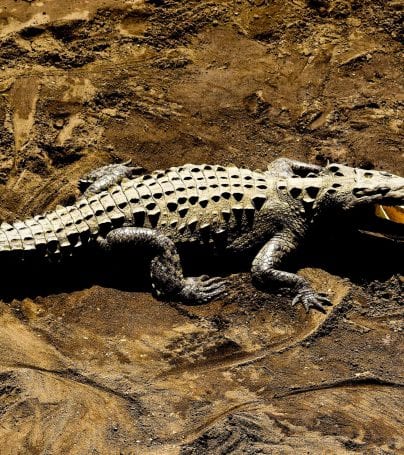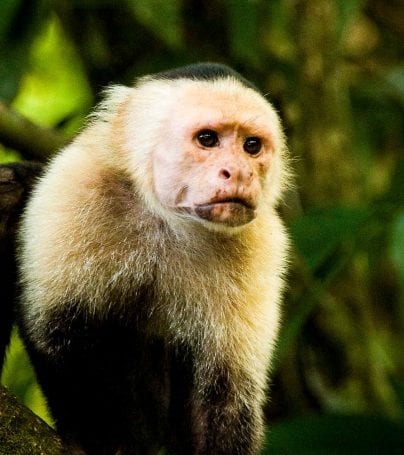Monteverde Cloud Forest Preserve Adventure Tours
The Reserva Biológica Bosque Nuboso Monteverde (the Monteverde Cloud Forest Preserve) is a Costa Rican reserve located along the Cordillera de Tilarán mountain range within the Puntarenas and Alajuela provinces. Named after the nearby town of Monteverde and founded in 1972, the Preserve consists of over 10,500 hectares of tropical rainforest, the reserve is visited by roughly 70,000 visitors a year. The Preserve consists of 6 ecological zones, 90% of which are virgin forest. An extremely high biodiversity, consisting of over 2,500 plant species (including the most orchid species in a single place), 100 species of mammals, 400 bird species, 120 reptilian and amphibian species, and thousands of insects, has drawn scientists and tourists since.
The 1950s, First Farmers in the Area Arrive
In 1951, several dozen Quakers seeking to live as farmers moved to and purchased land in Costa Rica. This was primarily to avoid the Korean War draft, an obligation which contradicted Quaker pacifist ideology.
The 1960s, Biologists Take Note
Biologists began to take note of Monteverde in the 1960s. Despite the lack of infrastructure and shelter with which to conduct scientific research, these original biologists not only have been continuously documenting, but continue to live in, Monteverde.
In 1968, Dr. Joseph Tosi, who worked for the Tropical Science Center, a foundation for tropical conservation, accompanied Dr. Leslie Holdridge on a journey to Monteverde. The visit was part of a study of the northern region of Costa Rica, requested by the government’s National Planning Office. There, they met Mr. Hubert Mendenhall, leader of the Quaker community at the time, who took them to see the primary forests that surrounded the community. At the end of their visit, Holdridge and Tosi recommended to the Quaker community that the native forests be preserved as much as possible in order to protect their water sources and, given the strong winds that swept though the area, to use the forests as windbreakers to protect their fields and homes.
The 1970s, Conservation Efforts Mount
The years went by, and in 1972 a young graduate student, George Powell, visited the Tropical Science Center in San José. He lived in Monteverde while doing doctoral research on the birds of the area, and he found that the fauna and habitats were ideal for research purposes.
Amazed by the extraordinary biological richness of the cloud forests, including the habitat of the endemic golden toad, and alarmed by the depredation caused by hunters and land squatters, Powell received a promise from the Guacimal Land Company that they would donate 328 hectares of land, if he could form or find a civic association that would sponsor him in taking over the property. George used his personal funds to buy out several of the squatters, hoping to establish a small biological preserve in the region.
At the time, there were few national parks in Costa Rica, and the TSC had a program to create private preserves for research and biological education, where each preserve would represent a different ecological area of the country. Immediately, the TSC became interested in Powell’s offer and started the process that led to the acquisition of the 328 hectares in April 1973. The cost of the farm was a symbolic 1 colón (less than US $1).
Along with Powell, Costa Rican biologist Adelaida Chaverri and wildlife specialist Christopher Vaughn promoted the establishment of this private preserve, at the time a less-than-popular idea. In fact, Adelaida Chaverri became one of the sponsors, along with Dr. Joseph Tosi and other TSC members, of what is today the Monteverde Cloud Forest Preserve. They provided continuity to the interest expressed by Dr. George Powell when he obtained the donation of the first piece of land for the Preserve.
In 1975, 431 visitors came to the budding preserve, most of them scientists and bird watchers. Two years later, there still was no lodging available for visitors to the community, but Mrs. Wood, a local Quaker, started a small bed-and-breakfast in her own home, where occasional visitors would stay overnight.
The 1980s, First Days of Tourism
The number of foreign visitors increased from 2,700 in 1980 to more than 40,000 in 1991. The Preserve increased in size during these years, but the Preserve’s most well-known endemic species, the Golden Toad, as well as 40% of Monteverde’s amphibian population became extinct, possibly due to global climate change. Gradual species loss occurs as a result of forest fragmentation.
The 1990s through Today
Presently the Monteverde Cloud Forest Biological Preserve is visited by more than 70,000 people each year who are eager to get to know the biodiversity found within.
Customize Your Dream Adventure
We are here to help craft tailor-made adventures for individuals, couples, families, and groups of explorers.







